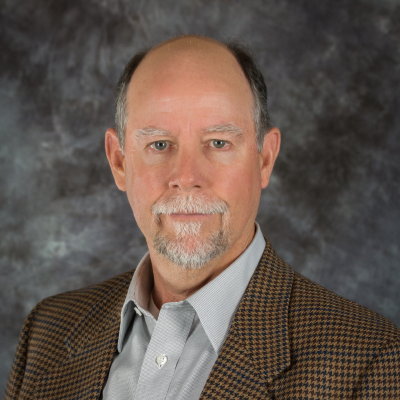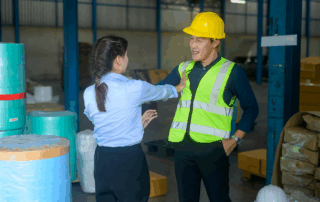Fall Safety
At a recent professional development conference, Jim Frederick, the newest Assistant Director of the Occupational Safety and Health Administration (OSHA), addressed a group of attendees. He discussed their objectives for the future year as well as the focus of their compliance team. Falls, electrocutions, caught-in, and struck-by are the four hazards that cause death, but they’ll be focusing on heat-related illness and COVID-19 protections.
Accident Statistics In The Construction Trade
Fortunately, workplace injuries and fatalities have declined significantly over the years. Unfortunately, many workplace injuries and fatalities still occur daily. According to OSHA, there are 12 work-related deaths in the United States per day.

Employees falling caused roughly 36.5% of all workplace deaths, as seen in the graph above. These includes workers who have fallen due to unprotected sides or holes, improperly constructed walking or working surfaces, workers who have fallen off ladders, roofs, scaffolding, large skyscraper construction areas, and so on all due to failure to use proper fall protection. These concerns might be resolved by including OSHA fall safety regulations, which include 1926 Subpart M – Fall Protection.
Throughout my experience as a professional safety consultant, I’ve seen and offered input to a variety of employees, employers, and supervisors on the best methods for reducing and/or eliminating the core causes of this one “Fatal Four.” Employees are seen standing on the ladder’s top rung, going up and down with tools or supplies in their hands, or just misusing the ladder.
When asked why they did what they did, you’ll frequently hear things like “I was in a rush,” “it was the only ladder I brought,” “I didn’t realize I needed to inspect the ladder,” and so on. These responses indicate a lack of “pre-task planning” and communication of expectations by their immediate supervisor; nevertheless, most supervisors are held accountable, and this is prevalent in the smaller specialist trades I’ve seen. The same may be said about fall protection systems such as handrails, fall arrest, and personal protective equipment (PPE).
Both injuries and fatalities can be reduced by training supervisors in communication and expectation management. They’re essential for completing the task safely and on schedule.
At INSURICA, we have a variety of materials for you to ensure compliance and promote a safe workplace, which are essential components of any construction risk management program. Contact us today for more risk management solutions.
About the Author
Share This Story
Related Blogs
Trump Administration Reshapes Health Plan Oversight
The Trump administration has issued a series of executive orders aimed at recalibrating federal oversight of employer-sponsored health plans. These directives target unpublished rules and agency enforcement priorities, signaling a shift toward deregulation and increased flexibility for plan sponsors.
Keeping Our Workplace Violence-Free
Although we do our best at to keep the workplace safe, violence inflicted by an outsider or between employees remains a serious safety and health issue. It can occur inside or outside the workplace and can range from threats and verbal abuse to physical assaults and homicide. In fact, according to the United States Department of Labor, workplace violence is the fourth-leading cause of fatal occupational injury in our country.
Understanding Educators Legal Liability (ELL)
Educators face unique professional exposures that go beyond standard general liability. That’s where Educators Legal Liability (ELL) coverage comes in. Understanding Educators Legal Liability is critical for school administrators, as it protects against claims related to employment practices, student rights, professional duties, and more. From wrongful termination to student disciplinary disputes, ELL can provide defense and indemnity for claims that other policies may exclude.









